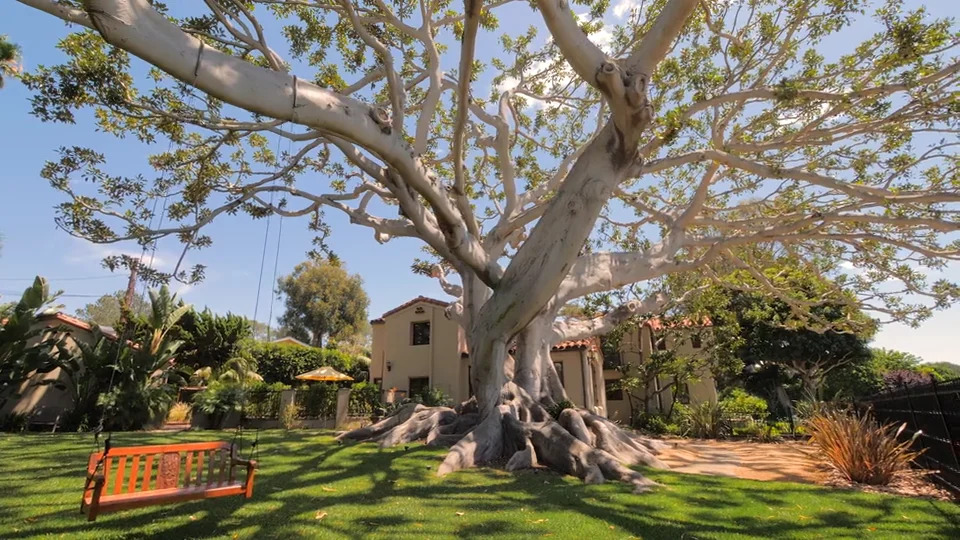If you have trees growing in your backyard, you might be wondering how to take care of it. For example, you might be wondering when the best time to invest in tree trimming services might be.
In order to answer this question, you first have to figure out what type of tree you have in your backyard. If you don’t know, there are a few steps that you can follow that will help you identify almost any tree that might be present in your yard. Every tree has a few distinct features that you can use to tell them apart from other species. Some of the most common examples include the shapes of the leaves, the presence of seed pods, or the fruit they grow. After you check these features, you will be able to tell what type of tree is growing in your yard.
Step 1: Coniferous vs. Deciduous
For the first step, take a look at the leaves and needles of the tree. You are trying to figure out if they are coniferous or deciduous. If the tree is coniferous, there should be pine cones and needles present throughout the entire year. A coniferous might also have needles or leaves that look like scales. On the other hand, a deciduous is going to have broad, flat leaves that tend to change color and fall off during the autumn season. Usually, field guides are going to group trees into these two, broad categories first.
There are a few trees that fall into unique categories, such as evergreen trees. They have leaves that don’t fall off and also don’t look like needles.
Step 2: Look at the Leaf or Needle Closely
After figuring out whether a tree is deciduous or coniferous, it is time to take a closer look at the leaf or needle. One of the easiest ways to identify a tree is to look closely at the leaf. For example:
- An oak leaf is going to have deep lobes with rounded edges
- A ginkgo tree will have a unique fan shape to its leaves
- Pine trees have needles
- Cedar trees have leaves that look like flat scales
In addition to the shape of the leaf, the color can also give helpful hints. A Colorado Blue Spruce tree has needles that are silver and blue in color. Japanese Maple Trees usually have leaves that are red during the entire year.
Step 3: Look for Flowers
Another easy way to identify the species of the tree is to look for the presence of any flowers. For example, the Japanese flowering cherry tree has clusters of blossoms that are pink and white. They tend to show up during the spring. Another great example is the magnolia tree, which has star-shaped blossoms. This unique feature makes it easy to identify. These are a few of the unique examples of trees that can be determined from the shape and color of its flowers. These unique features might also be involved if you are interested in tree shaping services that will complete your landscaping vision.
Step 4: Check the Bark of the Tree
If you would like to get a closer look at the tree, take the time to check out its bark. You are looking at its color, texture, and other defining characteristics. There are a few trees that have unique bark. For example, the paper birch is known for having bark that comes off the tree in smooth, curled, papery sheets. Another great example is the European Buckthorn, which has horizontal white markings on its bark. In some cases, this bark might be easier to look at following tree chipping services.
Step 5: The Shape of the Tree
Once you have examined the tree closely, it is time to take a step back and look at the overall shape of the tree. This will give you some additional insight into the possible identity of the tree. For example, if the tree is shaped like a vase, it might be an elm. On the other hand, a tree that has drooping branches might be a weeping willow. It could also be a weeping cherry. If the branches are drooping too much, you might need emergency tree services to prevent the branch from dropping on the house.
Contact Pope Tree Service To Learn More
If you would like to learn more about the nature of the trees in your backyard, call Pope Tree Service. We are proud to serve the San Diego County area, providing exceptional and landscaping services to both residential and commercial locations. If you are looking for professional tree and landscaping services for your home or office building, call us today to learn more about our services! We would be happy to help you!

